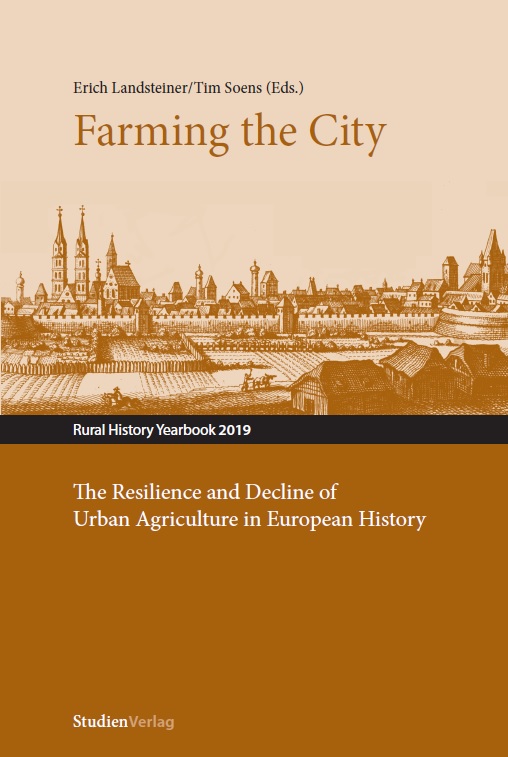From Home Food Production to Professional Farming
The Social and Geographical Continuum of Urban Agriculture: Nineteenth-century Oudenaarde and Kortrijk, Belgium
DOI:
https://doi.org/10.25365/rhy-2019-6Schlagworte:
urban agriculture, social property relations, allotments, gardens, markets, ThünenAbstract
We explore the geographical and social continuum of food production in and around towns in nineteenth-century Belgium. We do so by using household-level data for two Flemish towns, Oudenaarde and Kortrijk, which allow us to reconstruct variation in agricultural activities depending on the location and profession of the households. We find a sharp distinction between households living in the town cores and those living outside the agglomeration, as well as between those reporting agricultural and non-agricultural professions. Outside the town walls, production strategies differed little from the surrounding countryside. In contrast, the focus in the urban cores was on high-yielding vegetables and potatoes, and on specific livestock production. Only a small minority of ca. 10 per cent of urban households occupied agricultural land. Those who did were able to cover much of their subsistence needs for vegetables and potatoes, but not for cereals.


